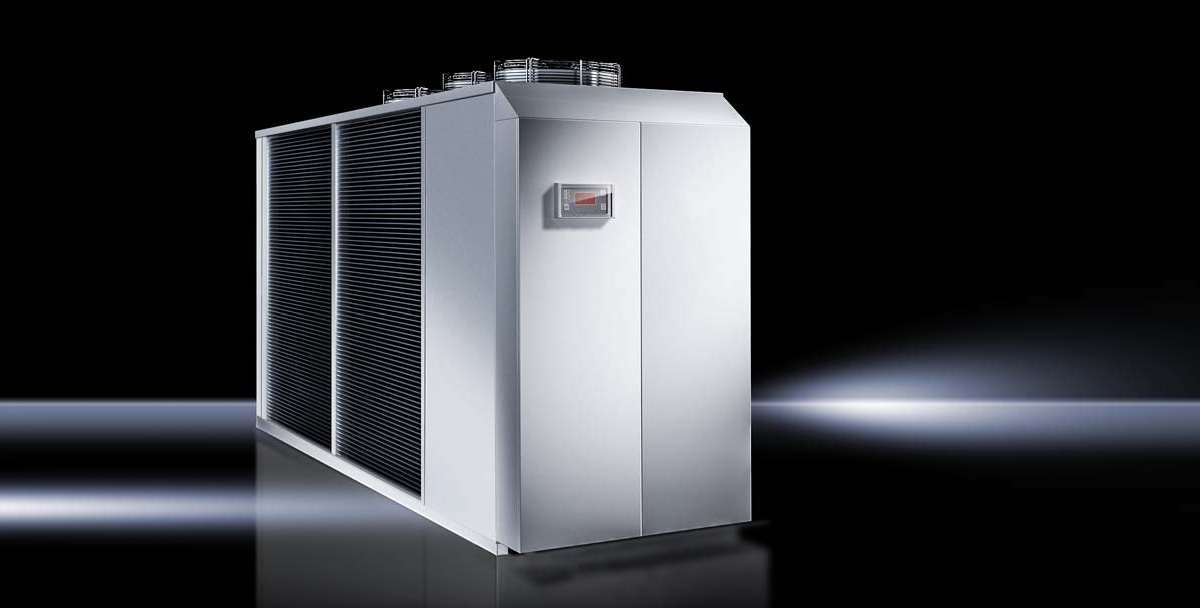1. EXECUTIVE SUMMARY
- CVSS v3 9.1
- ATTENTION: Exploitable remotely/low skill level to exploit
- Vendor: Rittal
- Equipment: Rittal Chiller SK 3232-Series
- Vulnerabilities: Missing Authentication for Critical Function, Use of Hard-coded Credentials
2. RISK EVALUATION
Successful exploitation of these vulnerabilities could disrupt the primary operations of the affected component, shut down cooling to other equipment, and allow changes to the temperature set point.
3. TECHNICAL DETAILS
3.1 AFFECTED PRODUCTS
The following versions of Rittal Chiller SK 3232-Series, intended for cooling IT applications, are affected:
- Rittal Chiller SK 3232-Series web interface as built upon Carel pCOWeb firmware A1.5.3 – B1.2.4
3.2 VULNERABILITY OVERVIEW
3.2.1 MISSING AUTHENTICATION FOR CRITICAL FUNCTION CWE-306
The authentication mechanism on affected systems does not provide a sufficient level of protection against unauthorized configuration changes. Primary operations, namely turning the cooling unit on and off and setting the temperature set point, can be modified without authentication.
CVE-2019-13549 has been assigned to this vulnerability. A CVSS v3 base score of 9.1 has been calculated; the CVSS vector string is (AV:N/AC:L/PR:N/UI:N/S:U/C:H/I:H/A:N).
3.2.2 USE OF HARD-CODED CREDENTIALS CWE-798
The authentication mechanism on affected systems is configured using hard-coded credentials. These credentials could allow attackers to influence the primary operations of the affected systems, namely turning the cooling unit on and off and setting the temperature set point.
CVE-2019-13553 has been assigned to this vulnerability. A CVSS v3 base score of 9.1 has been calculated; the CVSS vector string is (AV:N/AC:L/PR:N/UI:N/S:U/C:H/I:H/A:N).
3.3 BACKGROUND
- CRITICAL INFRASTRUCTURE SECTORS: Commercial Facilities, Communications, Critical Manufacturing, Energy, Information Technology
- COUNTRIES/AREAS DEPLOYED: Worldwide
- COMPANY HEADQUARTERS LOCATION: Germany
3.4 RESEARCHER
Applied Risk reported these vulnerabilities to CISA.
4. MITIGATIONS
CISA recommends users take defensive measures to minimize the risk of exploitation of this vulnerability. Specifically, users should:
- Minimize network exposure for all control system devices and/or systems, and ensure that they are not accessible from the Internet.
- Locate control system networks and remote devices behind firewalls, and isolate them from the business network.
- When remote access is required, use secure methods, such as Virtual Private Networks (VPNs), recognizing that VPNs may have vulnerabilities and should be updated to the most current version available. Also recognize that VPN is only as secure as the connected devices.
CISA reminds organizations to perform proper impact analysis and risk assessment prior to deploying defensive measures.
CISA also provides a section for control systems security recommended practices on the ICS webpage on us-cert.gov. Several recommended practices are available for reading and download, including Improving Industrial Control Systems Cybersecurity with Defense-in-Depth Strategies.
Additional mitigation guidance and recommended practices are publicly available on the ICS webpage on us-cert.gov in the Technical Information Paper, ICS-TIP-12-146-01B–Targeted Cyber Intrusion Detection and Mitigation Strategies.
Organizations observing any suspected malicious activity should follow their established internal procedures and report their findings to CISA for tracking and correlation against other incidents.
No known public exploits specifically target these vulnerabilities.
Source:
https://www.us-cert.gov/ics/advisories/icsa-19-297-01


Stay connected